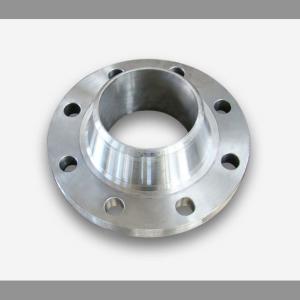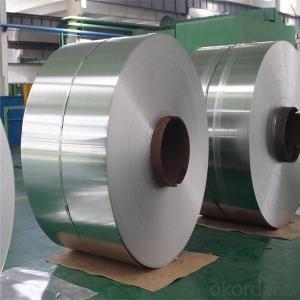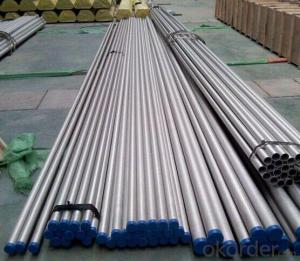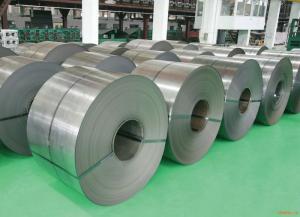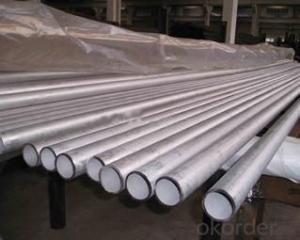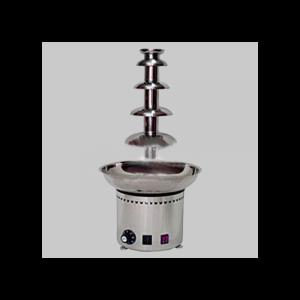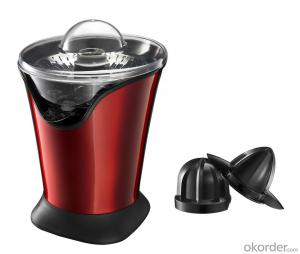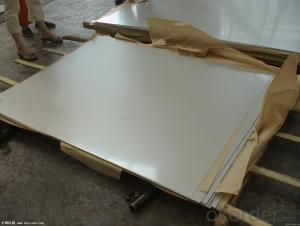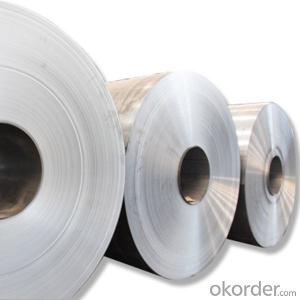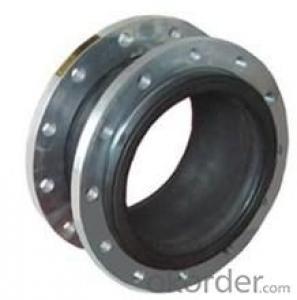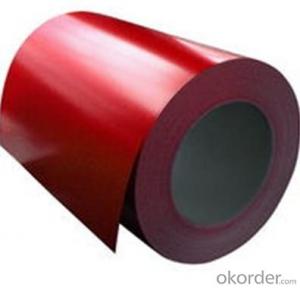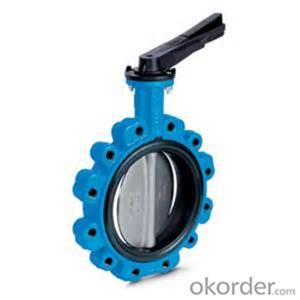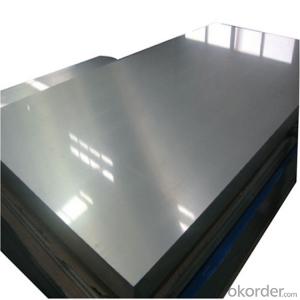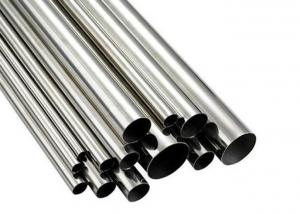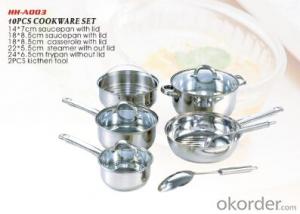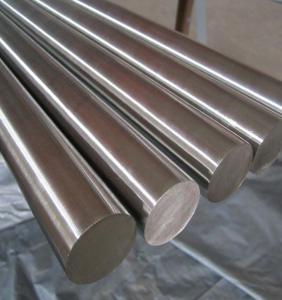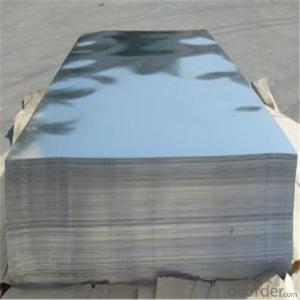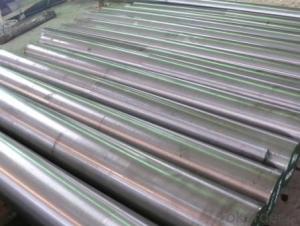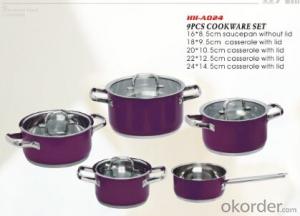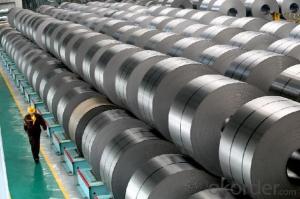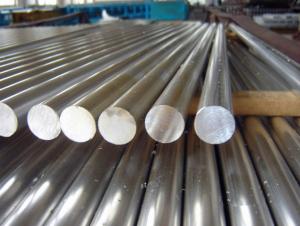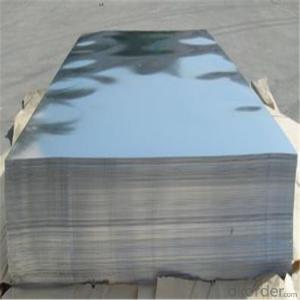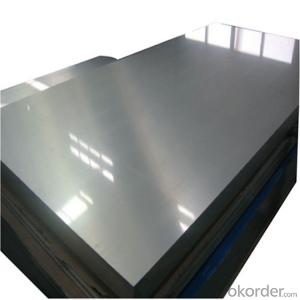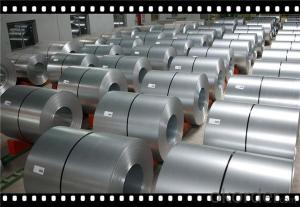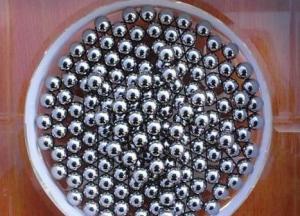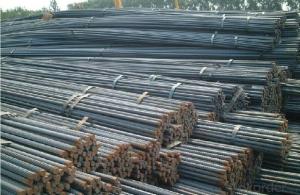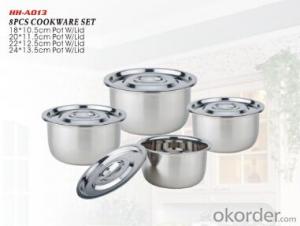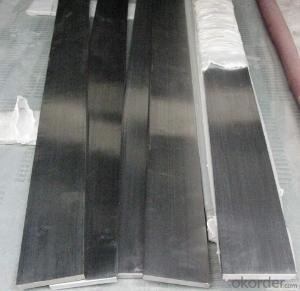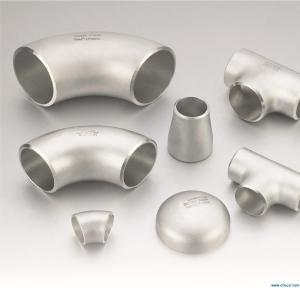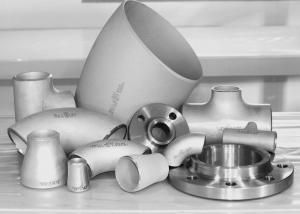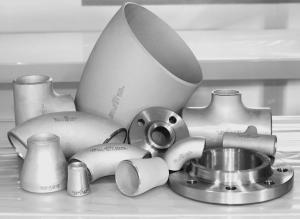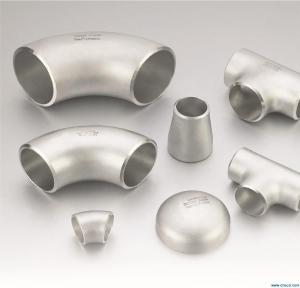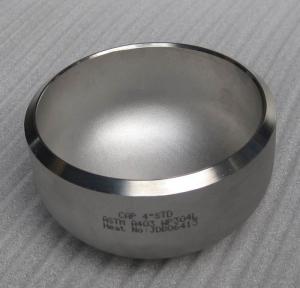Scratches On Stainless Steel
Scratches On Stainless Steel Related Searches
Oven Cleaner On Stainless Steel Acid Stains On Stainless Steel Magic Eraser On Stainless Steel Magnet On Stainless Steel Sublimation On Stainless Steel Acetone On Stainless Steel Goo Gone On Stainless Steel Clr On Stainless Steel Wd40 On Stainless Steel Vinegar On Stainless SteelHot Searches
Aluminum Coil Stock Prices Aluminum Coil Stock Suppliers Aluminum Coil Stock Near Me Aluminum Coil Stock Lowe's Stainless Steel For SaleScratches On Stainless Steel Supplier & Manufacturer from China
Okorder.com is a professional Scratches On Stainless Steel supplier & manufacturer, offers integrated one-stop services including real-time quoting and online cargo tracking. We are funded by CNBM Group, a Fortune 500 enterprise and the largest Scratches On Stainless Steel firm in China.Hot Products
FAQ
- Stainless steel flats can be cut using various methods, including using a power saw with a carbide-tipped blade specifically designed for cutting metal. Additionally, plasma cutting, water jet cutting, or laser cutting are also effective techniques for cutting stainless steel flats. The choice of method depends on the thickness and complexity of the cut required.
- Yes, stainless steel flats are commonly used in the manufacturing of kitchen appliances due to their durability, corrosion resistance, and aesthetic appeal.
- In the telecommunications industry, there are several types of stainless steel flats that are commonly used for various applications. These stainless steel flats are chosen for their excellent corrosion resistance, durability, and ability to withstand extreme weather conditions. 1. Austenitic Stainless Steel Flats: This type of stainless steel flat is the most commonly used in the telecommunications industry. It is known for its high corrosion resistance, ductility, and strength. Austenitic stainless steel flats are suitable for a wide range of applications such as cable management systems, antenna supports, and equipment enclosures. 2. Duplex Stainless Steel Flats: Duplex stainless steel flats are a combination of austenitic and ferritic stainless steels, offering a higher strength and improved resistance to stress corrosion cracking. These flats are often used in telecommunications tower structures, where high strength and corrosion resistance are required. 3. Martensitic Stainless Steel Flats: Martensitic stainless steel flats are known for their hardness and excellent mechanical properties. They are commonly used in telecommunications applications that require high strength and wear resistance, such as cable clamps, brackets, and fittings. 4. Ferritic Stainless Steel Flats: Ferritic stainless steel flats are known for their excellent resistance to corrosion and high temperature oxidation. They are often used in telecommunications equipment exposed to harsh environments, such as outdoor enclosures, weatherproof cabinets, and antenna supports. 5. Precipitation-Hardening Stainless Steel Flats: Precipitation-hardening stainless steel flats offer a unique combination of high strength and corrosion resistance. They are commonly used in telecommunications infrastructure where a lightweight and durable material is required, such as satellite dishes, support structures, and signal transmission equipment. Overall, the choice of stainless steel flat in the telecommunications industry depends on the specific application requirements, including corrosion resistance, strength, durability, and environmental conditions.
- Certainly! Stainless steel flats have a significant role in the renewable energy manufacturing industry. The versatile and durable nature of stainless steel offers numerous advantages for manufacturing purposes. Within the renewable energy sector, stainless steel flats find various applications. An example of how stainless steel flats are commonly used in the renewable energy manufacturing industry is in the production of solar panels. Due to its outstanding resistance to corrosion and strength, stainless steel is frequently employed for the frames and mounting structures of solar panels. These properties ensure the panels' durability and reliability, even in harsh outdoor conditions. In addition, stainless steel flats can be utilized in the manufacturing of wind turbines. They play a crucial role in constructing towers and support structures. Stainless steel's remarkable strength-to-weight ratio makes it an excellent choice for these components, enabling the construction of tall and sturdy wind turbines capable of withstanding strong winds. Moreover, stainless steel flats are widely employed in the production of hydroelectric power systems. Its corrosion resistance and ability to withstand high-pressure environments make it suitable for applications like penstocks, gates, and other water control structures. In conclusion, stainless steel flats are indeed invaluable materials in the renewable energy manufacturing industry. Their resistance to corrosion, strength, and versatility make them suitable for a wide array of applications such as solar panels, wind turbines, and hydroelectric power systems.
- Stainless steel flats prove to be an excellent choice for the production of agricultural equipment. The versatility and durability of stainless steel offer numerous benefits for agricultural applications. To begin with, stainless steel possesses remarkable resistance against corrosion. This is particularly crucial in agricultural settings where equipment often faces exposure to moisture, chemicals, and other corrosive substances. By withstanding corrosion, the equipment remains in optimal condition for extended periods, thus reducing maintenance costs and increasing its lifespan. Furthermore, stainless steel exhibits exceptional strength and toughness, rendering it suitable for heavy-duty agricultural machinery. It can endure substantial loads, impacts, and vibrations without undergoing deformations or fractures. Consequently, this ensures the equipment's stability and reliability during demanding agricultural operations. In addition, stainless steel offers hygienic properties, which are of utmost importance for equipment employed in food processing, storage, or handling. It boasts easy cleaning capabilities, a non-porous surface, and resistance against bacterial growth. These attributes guarantee that the agricultural equipment satisfies the necessary sanitary standards. Moreover, stainless steel possesses commendable heat resistance, which proves advantageous for agricultural equipment operating under high temperatures or exposed to intense heat sources. It can endure thermal expansion and contraction without compromising its structural integrity. Consequently, this ensures the overall performance and safety of the equipment. Lastly, stainless steel presents itself as a sustainable option for manufacturing agricultural equipment. It can be recycled, thereby reducing its environmental impact and enabling the reuse of materials in the future. In conclusion, due to their corrosion resistance, strength, hygiene, heat resistance, and sustainability, stainless steel flats are highly suitable for the production of agricultural equipment. These qualities establish stainless steel as a dependable and long-lasting material capable of withstanding the harsh conditions and demands of the agricultural industry.
- Yes, stainless steel flats can be etched. Etching is a process that involves using chemicals or laser technology to remove a thin layer of material from the surface of the stainless steel. This can be done for a variety of reasons, such as creating a decorative pattern, adding branding or logos, or improving the adhesion of coatings or paints. However, it is important to note that not all types of stainless steel are easily etched, as some grades have higher resistance to etching. Additionally, the etching process should be done carefully and by professionals to ensure the desired outcome and avoid any damage to the stainless steel flats.
- Architectural applications commonly utilize various types of stainless steel flats, including: 1. Austenitic Stainless Steel: The most widely used type, known for its good corrosion resistance, high strength, and excellent formability. Flats made from austenitic stainless steel grades 304 and 316 are frequently employed. 2. Ferritic Stainless Steel: These flats possess a remarkable resistance to corrosion and oxidation, making them ideal for architectural purposes that necessitate good formability and high strength. Grade 430 is a popular choice for ferritic stainless steel flats. 3. Martensitic Stainless Steel: These flats are valued for their exceptional hardness and strength, making them suitable for applications requiring durability and wear resistance. However, they exhibit lower corrosion resistance compared to austenitic stainless steel. Grade 410 is commonly utilized for martensitic stainless steel flats. 4. Duplex Stainless Steel: These flats combine the best properties of both austenitic and ferritic stainless steels. They offer high strength, good corrosion resistance, and excellent resistance to stress corrosion cracking. Duplex stainless steel flats are often utilized in architectural applications that demand both strength and corrosion resistance. To ensure the appropriate selection of stainless steel flats for your architectural project, it is crucial to consider specific requirements such as corrosion resistance, strength, formability, and durability. Seeking guidance from a stainless steel supplier or an architect can assist in choosing the most suitable stainless steel flat for your project.
- The dimensions and thickness of a standard stainless steel flat can cause variations in its weight. Nevertheless, a stainless steel flat of typical proportions, measuring 1 meter in length, 100 millimeters in width, and 10 millimeters in thickness, would approximately weigh 7.9 kilograms. It is crucial to mention that this weight estimation may slightly differ due to the specific alloy and tolerances of the stainless steel flat.
